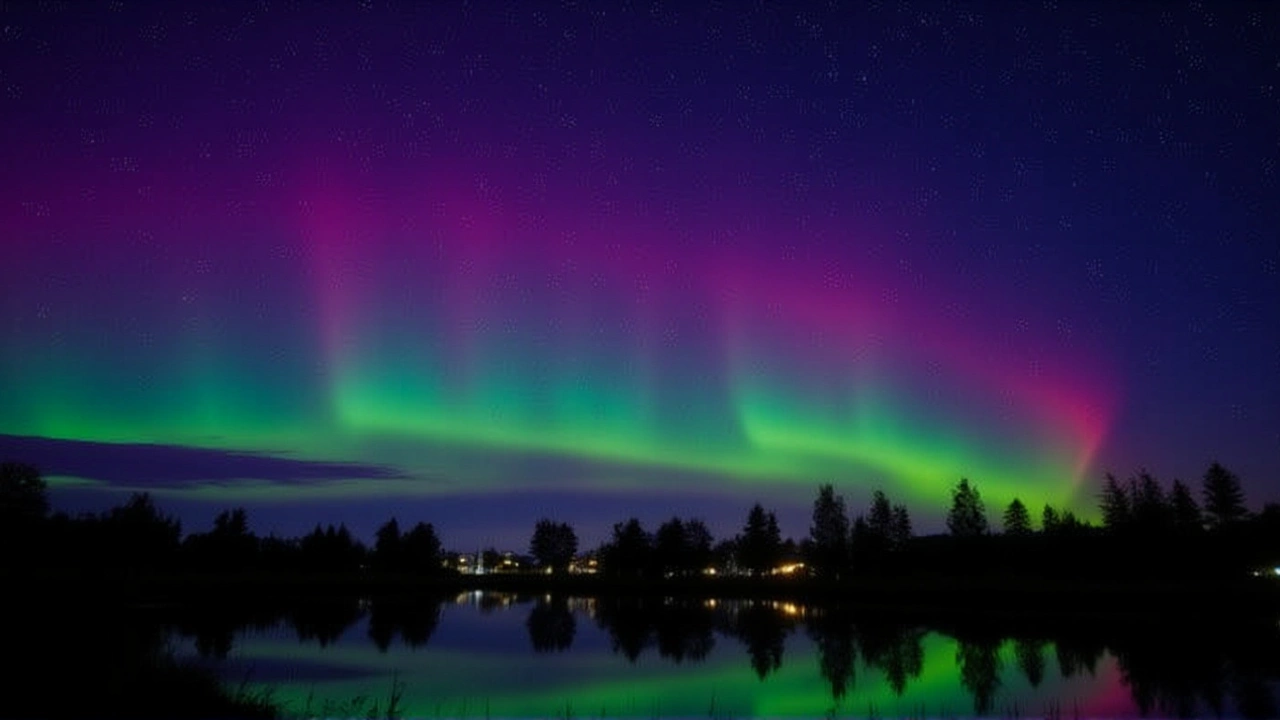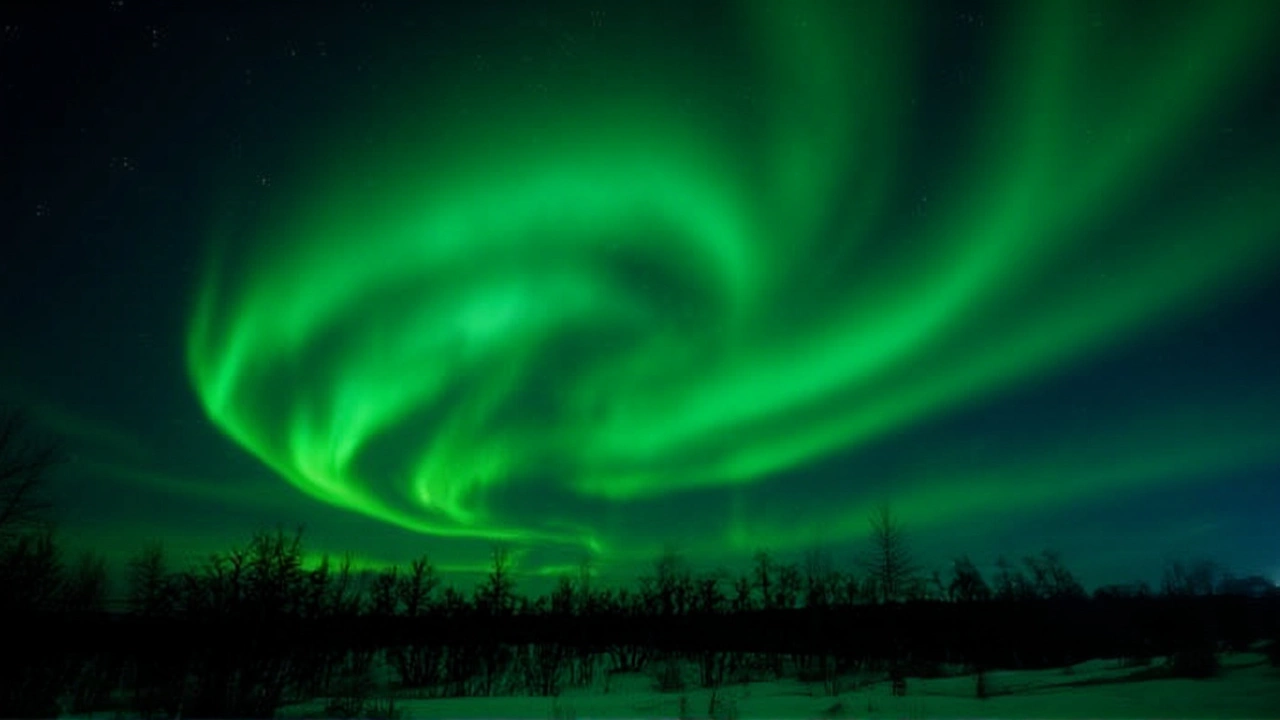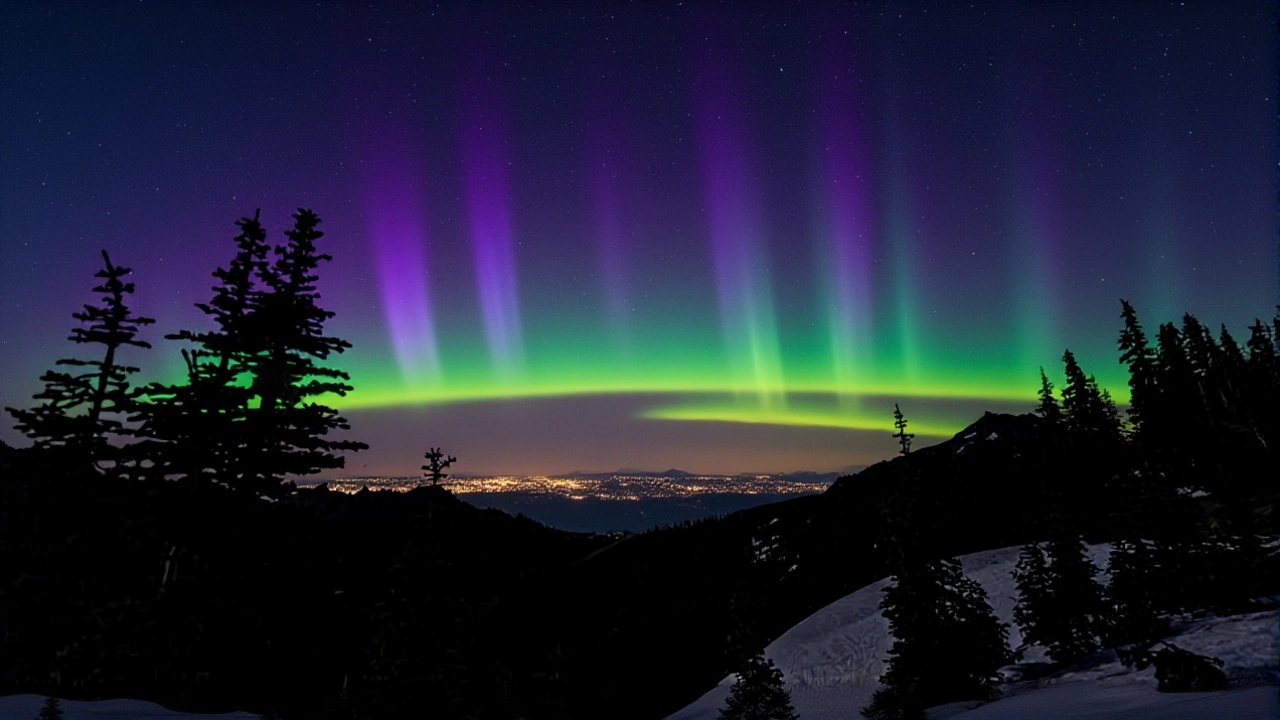When Space Weather Prediction Center (SWPC) released a Severe Geomagnetic Storm Alert for June 1‑2, 2025, people from Seattle to Skagit County stepped outside and witnessed a rare Aurora Borealis display. The alert, backed by the National Weather Service and the National Oceanic and Atmospheric Administration (NOAA), warned that two powerful coronal mass ejections (CMEs) would push the planet’s magnetic field into G4‑level turbulence. Dr. Emily Chen, a senior space‑weather scientist at SWPC, said the situation was "a textbook example of how solar activity can bring the polar lights down to mid‑latitude latitudes." That warning turned into a stunning night‑time show across the Pacific Northwest, reminding residents why they should keep an eye on the sky when the Sun coughs up plasma.
What triggered the dazzling display?
The drama began on May 31, 2025, when the first CME slammed into Earth’s magnetosphere, pushing the Kp index to a solid 6.2 – the threshold for a G4 (severe) geomagnetic storm. A second, faster CME arrived early on June 1, reinforcing the disturbance and creating a perfect cocktail of solar wind speed and magnetic field orientation. The combination forced charged particles to spiral along Earth’s magnetic field lines, colliding with oxygen and nitrogen in the upper atmosphere. Those collisions released photons that painted the night sky in greens, purples and occasional pinks.
According to the G4 geomagnetic storm of June 2025Pacific Northwest, the storm’s peak was expected on June 2, with the Kp index projected to touch 7.0 before tapering off by the evening of June 3.
How the storm unfolded across the region
Saturday night, May 31, brought the first flickers of the aurora over the Cascades, but cloud cover kept most of the view hidden. By Sunday, June 1, the sky cleared over the Columbia River Gorge and the lights surged northward, creating curtains that stretched from the eastern horizon to directly overhead in the darkest patches of the Willamette Valley.
Residents in northern Oregon reported a “green river” flowing across the sky, while those in western Washington described “purple ribbons” dancing above the Olympic foothills. Social‑media posts flooded with photos taken from farms in Yakima County and the beaches of La Push, where the horizon offered an unobstructed view.
Where to catch the best views
Experts advised heading away from city glow – think of spots like Beacon Hill in Portland’s east side, the open fields near Lake Oswego, or the South Snoqualmie area outside Seattle. The rule of thumb: the darker the sky, the brighter the curtain.
- Best time: 10 PM – 2 AM local
- Ideal locations: high elevation, low light‑pollution parks
- What to bring: warm clothing, a blanket, and a camera with manual exposure settings

Impact on technology and daily life
While the aurora itself is harmless, the geomagnetic turbulence can flicker power grids and disrupt radio communications. According to NOAA, the G4 storm risked brief GPS inaccuracies and minor voltage fluctuations in high‑latitude transmission lines. However, utilities in the Pacific Northwest reported no major outages, thanks to recent grid‑hardening measures.
Satellite operators were placed on a higher alert level, adjusting spacecraft orientations to reduce surface charging. Aviation crews flying north‑bound routes over the Arctic were warned of potential radio black‑outs, though most commercial flights remained unaffected.
What’s next for the Pacific Northwest?
SWPC forecasters expect the storm to weaken by Monday evening, June 2, as the solar wind speed drops and the magnetic field orientation shifts northward. Dr. Chen notes that “even after the main pulse passes, we often see lingering sub‑storms that can produce smaller auroral displays for another 24‑48 hours.” Residents who missed the Sunday show might still catch faint green glows on the night of June 3, especially if they find a dark spot away from streetlights.
Looking further ahead, scientists predict another solar active period in August 2025, driven by a series of medium‑size CMEs. The public is encouraged to stay subscribed to NOAA’s Space Weather Notification Service for real‑time updates.
Key Facts
- Event: G4 geomagnetic storm (June 1‑2, 2025)
- Cause: Two consecutive CMEs striking Earth’s magnetosphere
- Kp index peak: ~7.0
- Visibility: Northern Oregon to central Washington, including Seattle and Skagit County
- Potential tech impact: Minor GPS jitter, brief power‑grid voltage swings

Frequently Asked Questions
Why were the Northern Lights visible so far south?
A severe G4 geomagnetic storm forces Earth’s magnetic field to expand, allowing charged solar particles to reach latitudes as low as 40° N. The twin CMEs of early June pushed the storm into that range, making the aurora visible over the Pacific Northwest.
Did the storm cause any power outages?
No major outages were reported. Modern grid‑hardening measures in Oregon and Washington helped absorb the induced currents, though a few utilities noted brief voltage fluctuations that went unnoticed by most consumers.
Can I still see the aurora tonight?
The storm is expected to fade by Monday evening, but residual sub‑storms may produce faint green glows on Tuesday, especially from dark locations away from city lights. Check the latest SWPC advisory for up‑to‑date Kp forecasts.
How does a CME trigger an aurora?
A coronal mass ejection hurls billions of tons of plasma toward Earth. When the solar wind’s magnetic field aligns southward, it reconnects with Earth’s field, funneling energetic particles into the upper atmosphere where they excite gas molecules, which then emit light we see as the aurora.
What should I do if a future storm threatens my electronics?
Unplug sensitive devices, keep backup power sources ready, and follow guidance from local utility companies. For satellite users, consider switching to ground‑based navigation until the storm subsides.


